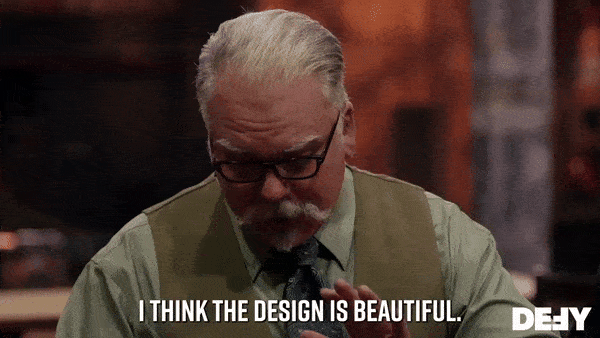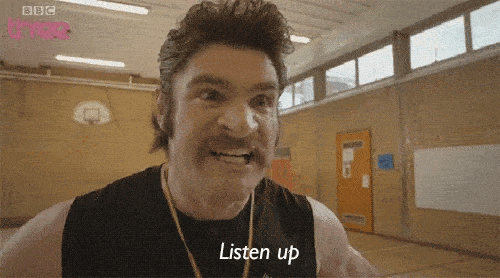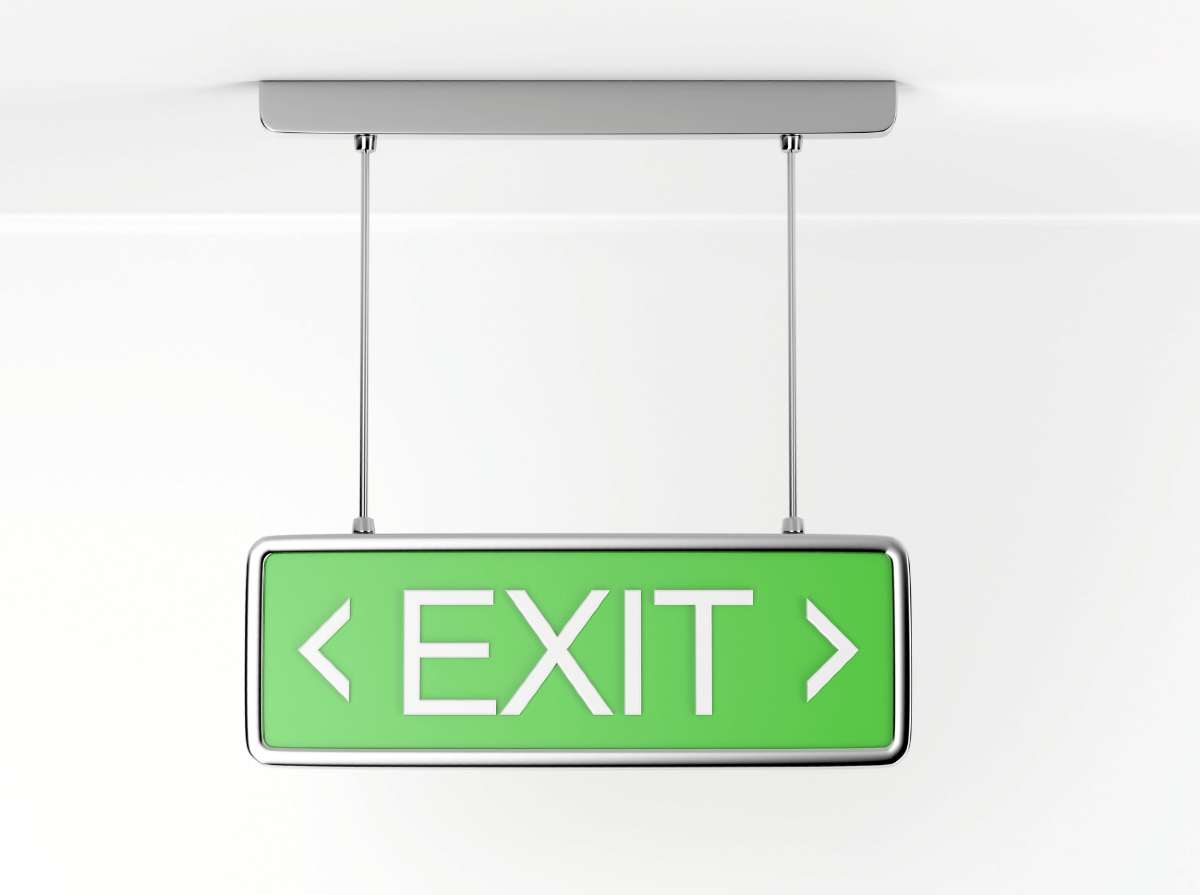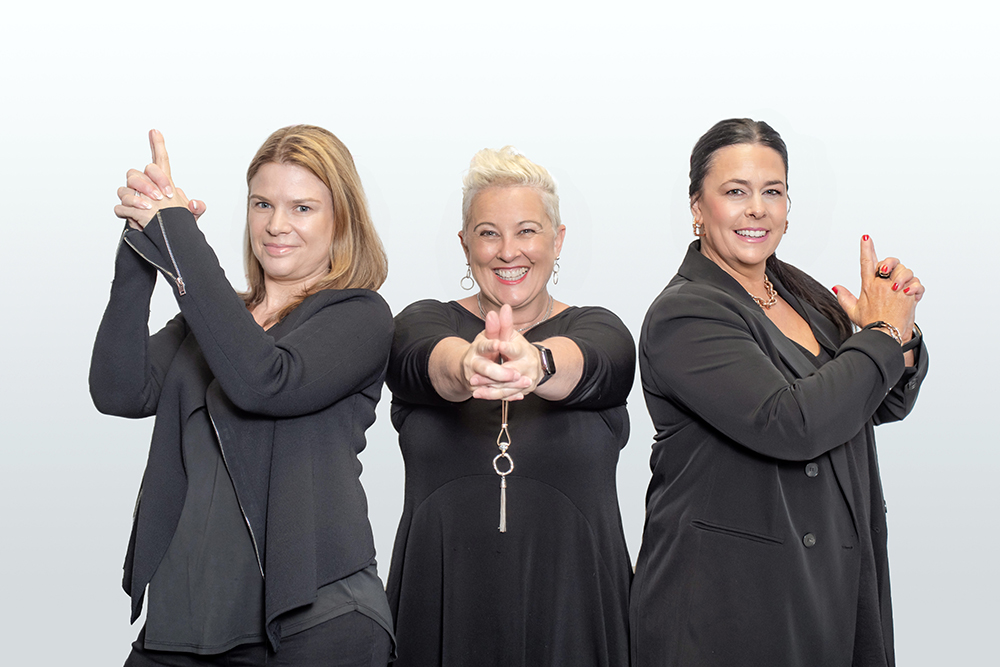Psychosocial safety has emerged as a critical focus area in modern workplaces, especially as businesses seek to ensure not just the physical wellbeing of their employees but also their mental and social wellbeing and safety. This can be a challenging area for some to manage as there are many moving parts, but one powerful way to achieve this is through effective work design, which directly addresses potential psychosocial risks and helps create a workplace conducive to productivity and psychosocial safety.
Understanding psychosocial safety
In a nutshell, psychosocial safety refers to the psychological and social conditions that influence an employee's mental health and well-being at work. It's an area governed by Work Health and Safety (WHS) laws in Australia, which require employers to eliminate or minimise psychosocial risks.
Common psychosocial risks in the workplace can include:
- high workloads
- low job control
- remote or isolated work
- long working hours
- lack of role clarity
- poor management of organisational change
- insufficient support
- low reward and recognition
- harassment
- fatigue
- poor organisational justice (procedural, informational, interpersonal fairness)
- hostile physical work environment (incivility, bullying, violence).
Left unchecked, these factors undermine psychosocial safety as they can lead to stress, burnout, and reduced employee morale, all of which can detract from overall business performance. No one wins!
The role of work design
Work design is the process of organising the workplace, tasks, and work environment in a way that optimises health, physical and mental safety, and performance. According to Safe Work Australia, good work design considers the abilities and vulnerabilities of workers, aiming to create a setting where employees can thrive.
In a well designed work environment, psychosocial stressors are identified and managed proactively to minimise or mitigate risk. The emphasis is not just on the physical aspects of work but also on how roles, tasks, and interactions are structured to support employees' mental and emotional well-being as well as the needs of the business.
For example, over time, three engineers working together at the same level and on the same projects initially, have now taken on differing responsibilities that have led to one employee becoming overloaded and another with little to do.
Given the imbalance, you need to do a reshuffle so all the work can be managed, and the burden is not landing heavily on only one person. How you restructure the workload, how you communicate and engage the team in the change and what you do post the adjustments to make certain it is working as intended all come into play in terms of good work design.

Key principles of good work design
At its heart, good work design is all about determining why, who, what, how, when and where work that is beneficial and necessary to your business success is being done. It’s ensuring that the critical work is identified and made the focus, gaps in skill as well as capacity are addressed, communication is clear and employees are engaged and productive.
Good work design ensures that health and safety considerations are integrated into all aspects of the business. This alignment helps create a culture where employee wellbeing is prioritised alongside achieving business goals. It is essential that it also acknowledges that employees have different abilities, experiences, and vulnerabilities. Work design needs to reflect these differences by providing appropriate support, flexibility, and resources.
Work design should be a dynamic process that evolves with the changing needs of the workforce. Regular assessments and feedback tools help employers identify emerging psychosocial risks and adjust work design accordingly and in a timely manner.
Different roles in your business may pose different risks, so it’s important to take an approach that allows you to understand this, rather than tackling it with a one size fits all agenda. For example, your customer service front line people in your insurance team may be required to continually manage angry, aggressive or unhappy customers all day long. This may well be a requirement of the job, and you can’t change this. What you can do is:
- recruit people who have appropriate levels of experience in dealing with conflict and people who have high levels of resilience
- Include in your position description the essential criteria to be successful (and at less risk) such as the traits mentioned above, as well as any other criteria needed such as demonstrated ability to handle aggressive or angry people, ability to remain calm in conflict and so on
- ensure you have good support mechanisms in place such as an EAP, access to counselling or regular breaks so your team can ‘walk it off’ and return to work with a clear head
- consider how you roster this team; can you structure it so people get some time away from calls each day to undertake other administrative tasks, and so on.
Conversely, you may have positions in your factory which consist of repeatable, repetitive tasks which simply need to get done, but the employees engaged to perform these tasks have low control over their work, a significant lack of variety and work alone the majority of the time. This can have an impact on mental health, so again, consider how you can minimise this through good job design:
- recruit people who enjoy repetitive tasks; test for this in your recruitment process
- consider employing and supporting people with intellectual disability who need (and enjoy) constant, regular work with repetitive tasks
- cross train people across different repetitive tasks to add some variety to their schedule
- ask those actually doing the work what would make their role less mundane and more enjoyable, and then try to do what they say where feasible
- look to automate these types of tasks or give the employees control over when and how they are done if possible.
Listen to your people
To implement effective work design that supports psychosocial safety, you first need to truly understand what they are and how they are impacting your people and their ability to do their work as a result. As a leader in a business, it is unlikely that you could be across all the challenges and risks your employees face so you need to engage with your people and find out what is impacting them and where the risks lay.
You may wish to prepare a survey, discuss at toolbox meetings, chat with representatives of different teams – the focus is to uncover and understand the psychosocial hazards that are present and then determine how best to minimise or eliminate the threats.
Of course, there is a big difference between something that is a genuine psychosocial risk, and people just not enjoying specific tasks that they are required to perform as part of their role. Make sure you fully understand if there is indeed a risk, or simply a dislike.

Good work design is good business
Investing in psychosocial safety through effective work design isn't just about compliance; it's also good for business. A workplace where employees feel valued and supported is likely to experience lower turnover, higher engagement, and better overall performance. Psychosocial safety reduces absenteeism and presenteeism (where employees are physically present but not mentally engaged), leading to more consistent productivity and a stronger bottom line.
Moreover, a reputation as a supportive and mentally healthy workplace can attract top talent, giving your business a competitive edge in the labour market. In an era where employees are increasingly prioritising work-life balance and wellbeing, businesses that prioritise psychosocial safety are more likely to retain and attract skilled workers.
As a business leader, you play a pivotal role in helping your business to create work environments that are not only physically safe but also psychologically and socially supportive. By focusing on effective work design, you can help eliminate psychosocial risks, foster a positive and healthy culture, and ultimately drive better business outcomes.
Psychosocial safety is more than a trendy buzzword, it is a legal requirement for all businesses. There is a lot to consider so if you require additional support in reviewing your risks or advice on practical solutions that will help you comply with WHS laws, contact the HR Staff n’ Stuff team now.







